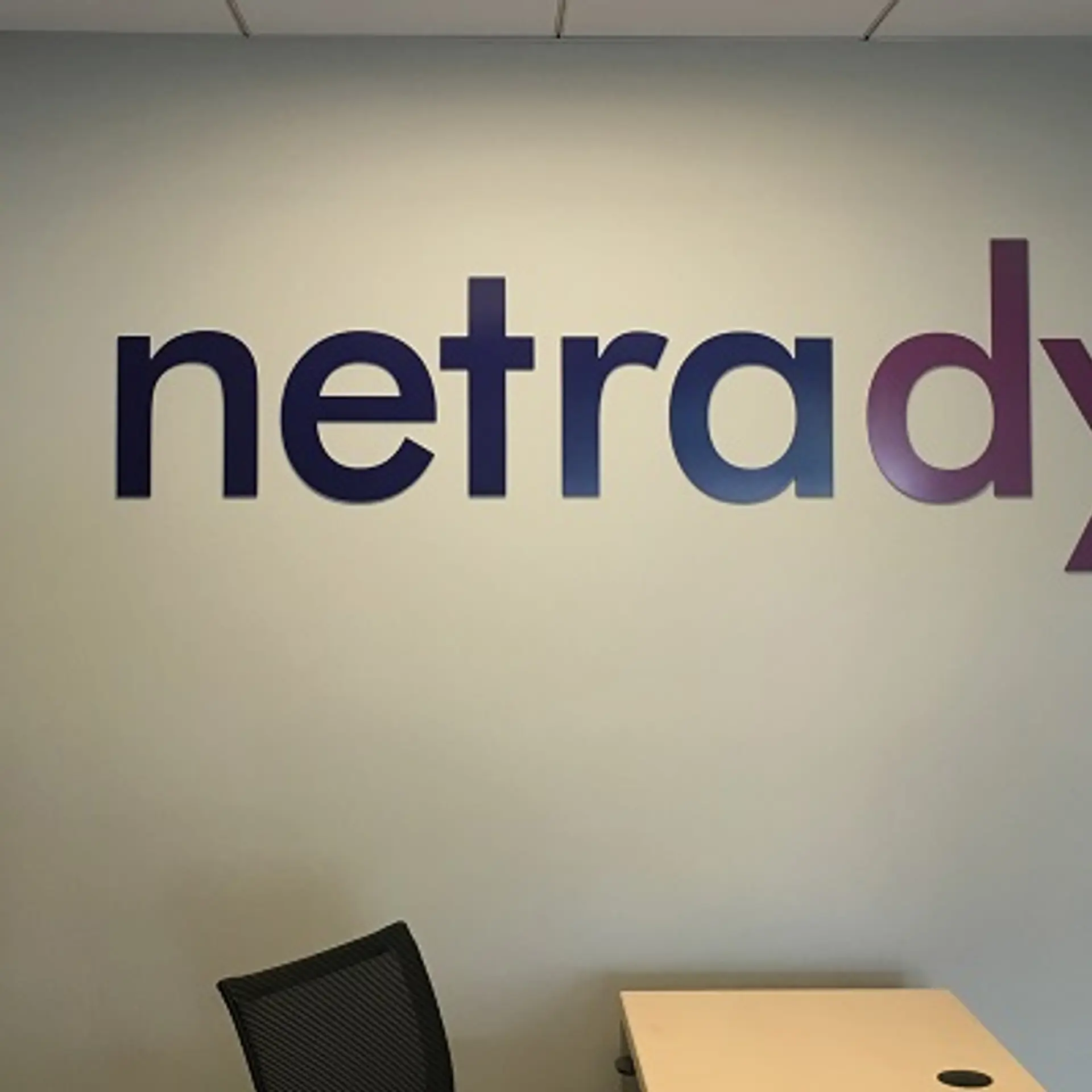1562049613274.png)
Sumo Logic
View Brand PublisherLearn what it will take to improve your security posture to counter cyber attacks
The first six months of 2020 saw massive data breaches that targeted enterprises, startups, government organisations and social media profiles of leaders. Account credentials, sensitive data, confidential and financial information were compromised. According to Security Boulevard, nearly 16 billion records have been exposed this year. According to researchers, 8.4 billion records have been exposed in the first quarter of 2020 alone.This number is a 273% increase, when compared to such data breaches in the first half of 2019 during which 4.1 billion records were exposed. The Ministry of Electronics and Information Technology (MeITY) has said that Indian citizens, as well as commercial and legal entities faced almost 0.7 million cyber attacks till August this year.
Today, organisations are at a greater risk of cyber attacks than ever before. Parallely, there has been an explosion of data and thereby, more compliance and regulatory requirements. From a security perspective, event and activity logs have grown exponentially and the diversity of data being consumed has become significantly varied. All this has meant that traditional log and event management tools and monitoring practices are not enough to provide continuous security intelligence. It is here that advanced security analytics solutions makes a difference.
Advanced security analytics is today considered the next big technology in the areas of cyber threat detection and response, with possible impacts on prevention as well.
Advanced security analytics use machine learning as well as big data analysis techniques to identify abstract data relationships, anomalies, trends, and fraudulent and other behavioural patterns.
At its core, security analytics’ monitors and collect vast amounts of information from the environment to identify threats that indicate elevated risk and ultimately prevent lateral spread of those threats and data exfiltration. What makes the security analytics platform relevant for businesses today is that it identifies and prioritises threats without the need for administrators and analysts to create policies or rules. In comparison, traditional Security Information and Event Management tools are limited to identifying only those issues for which rules, policies, triggers, and/or thresholds have been created. The key challenge here is that administrators and operators have to know what they are looking for and then create the context for the alerts they wish to receive. In addition, while the tools are able to collect, receive, process, normalise and correlate, they also deliver anywhere from hundreds to thousands of critical alerts, which can be overwhelming . And, if contexts are tuned to reduce alert volumes, many real indicators of attacks and compromise do not create alerts, which increases risks to the organisation.
Advanced security analytics tools help security practitioners address these challenges by delivering continuous actionable security intelligence to provide timely response to attacks and prevent attacks from becoming breaches. For instance, Sumo Logic provides advanced security analytics through user behaviour modelling, anomaly detection, and predictive analytics. It wards off impending threats by uncovering unknown security issues without relying on rules or predefined schemas. And, given that its ingestion is data-agnostic, it allows its intelligence to create hi-fidelity actionable alerts.
To put it simply, with an advanced security analytics tool, it becomes possible to identify breaches early enough to stop threat propagation and data loss or exfiltration, and even provide reports that identify risk and show business stakeholder value. Even though no technology can be considered a silver bullet, advanced security analytics tools can help resolve security issues and are considered a huge asset that addresses the needs of both security operations and businesses.
A webinar on ‘Data-Driven Security with Advanced Security Analytics’, is being organised to provide a deeper understanding on the changing dynamics of the security landscape. Hosted by Sumo Logic, it will enable to understand why organisations are shifting their focus towards advanced security analytics and how security analytics can help identify threats, reduce risks, and improve compliance monitoring activities.
Join Sumo Logic, Razorpay and Swiggy on September 30 as they discuss how data security is evolving and how they are leveraging Security Analytics to achieve security visibility and improve security posture. On the panel are Paul Wilcox, VP & GM of APAC, Sumo Logic; Aseem Rastogi, Chief Information Security Officer, Razorpay and Devendra Durgapal, Engineering Manager, Swiggy.
The webinar will help you understand how you can get valuable security intelligence and visibility across your infrastructure stack with security analytics and how you can improve the organisation’s security posture, thereby reducing the time to detect, investigate and respond to threats.
Register here - http://bit.ly/30SumoLG








